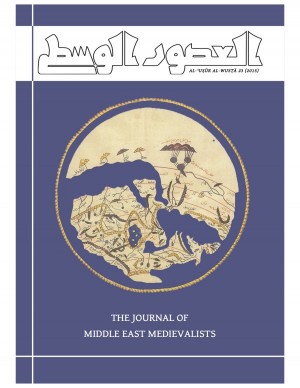Abstract
In this article, I describe a source which represents by far our earliest documentation of the career and poetry of Ṣāʾib Tabrīzī (d. ca. 1087/1676), and which has gone largely unaddressed in scholarship. It occurs in a still-unpublished biographical dictionary (taẕkirah) of poets entitled Khayr al-bayān, written by Malik Shāh Ḥusayn Sīstānī and known to survive in several manuscripts. The oldest, and possibly the only complete copy, is MS Or. 3397 at the British Library.1 Shāh Ḥusayn wrote this taẕkirah between 1017/1608–9 and 1036/1627; the section containing the notice on Ṣāʾib was added in 1035/1625–6. Signifcantly, Or. 3397 was copied in 1041/1631 by a scribe named Muḥammad Mīrak b. Khwājah Mīr Farāhī. This means that the text of the passage on Ṣāʾib dates to shortly after his emigration to Kabul (thence to India) in 1034/1624–5, while our manuscript dates to shortly before he left Kashmir to return to Iran in 1042/1632. The source thus falls entirely within the period of young Ṣāʾib’s seven-year adventure on the Indian Subcontinent, and represents a rare vignette of the beginning of an illustrious career. Since it is important that we treat taẕkirahs as valuable and multifaceted works in their own right, this article begins with an overview of the Khayr al-bayān (which has seen little use by researchers thus far) and basic information about its author. I then describe the material on Ṣāʾib in detail, including several important features of the manuscript itself. Finally, I review the implications of the text for Ṣāʾib’s biography, with particular regard to the origin of one of his nicknames, “Mustaʿidd Khān.” The source also has bearing on the study of his work, since eleven of his poems, quoted in the Khayr al-bayān, may now be dated to the earliest part of his career. This all comes at a time of growing academic and popular interest in Ṣāʾib, who is increasingly recognized as one of the preeminent ghazal poets of the classical tradition. To assist the reader in following the more detailoriented parts of this article, I append photographs of the relevant pages in Or. 3397.2

This work is licensed under a Creative Commons Attribution-NonCommercial-NoDerivatives 4.0 International License.
Copyright (c) 2016 Theodore S. Beers

